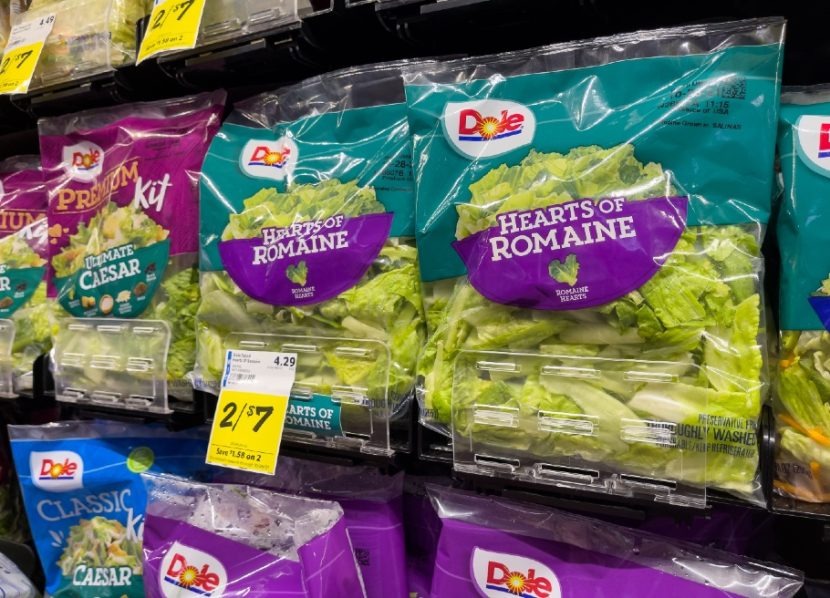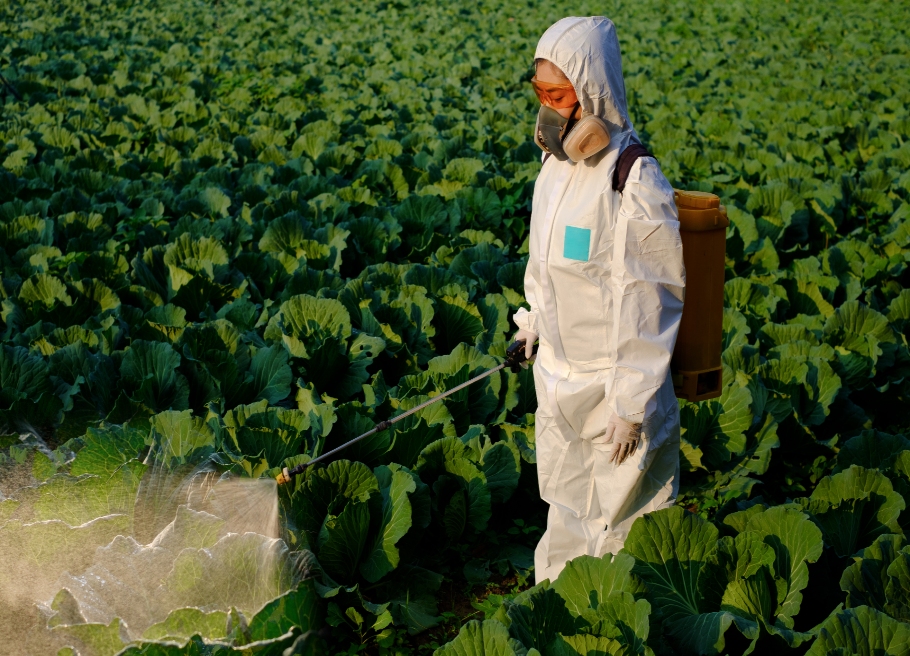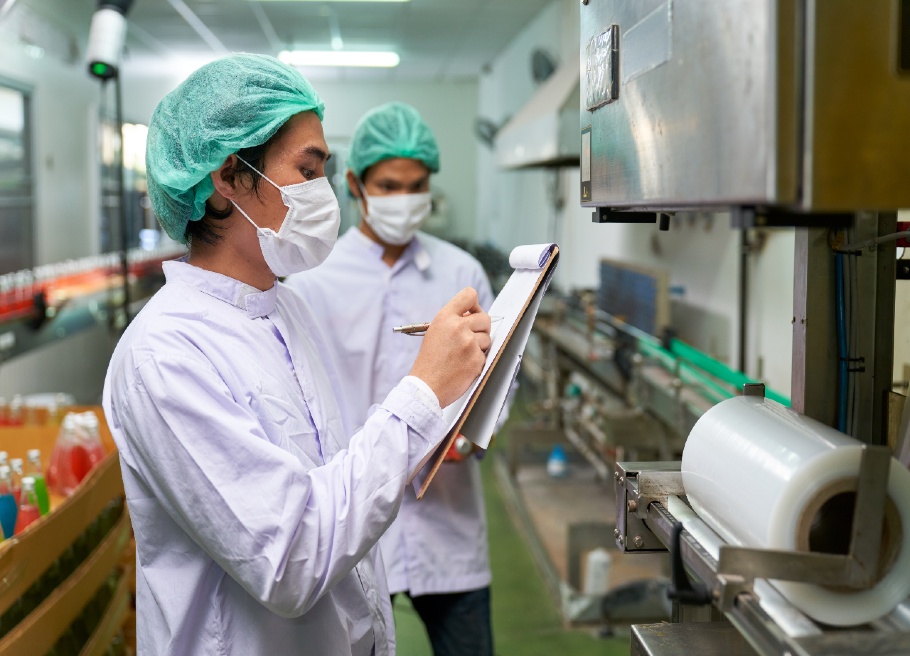The Ripple Effect of Food Recalls
By Andrea Tolu
The impact of food recalls on the supply chain goes beyond what we read or hear in the news. The company involved, what products were recalled, and how many people were affected are just part of the story. When a food manufacturer goes through a recall, its ripple effect extends to other parts of the production chain.
The first ring of this ripple effect is additional costs: “Companies usually don’t have a good view of the underlying costs of recalls,” says Rob Kooijmans, CEO of the Food Strategy Institute, a consultancy firm for food manufacturing companies, with offices in Canada, The Netherlands and Argentina. “A lot of them remain ‘hidden’ in various departments. For example, investigation and laboratory costs, which usually fall under the quality or the production department, or the extra logistics costs of getting the product back from customers and sending new ones.”
Down the supply chain
From the manufacturer, the impact extends to retail, where explains Kooijmans, there are two types of recalls: “You have the silent ones, which are not communicated to the public. Products are simply removed from the shelves and sent back to the manufacturer. That happens if the health risk is minimal, like an error in the list of allergens on the back of the packaging, or some visible spoilage that can be easily noticed. In the most serious cases, about one out of twenty, recalls are public and consumers are invited to bring the product back to the store. The type of recall depends on a risk assessment, which is usually done in collaboration with health authorities.”
For the manufacturer however, it may not end there: “Sales loss is one of the worst things that can happen to retailers. If they have to recall their own brand, contracts often include the payment of penalties for the manufacturer,” says Kooijmans.
Moving upstream
If the recall was caused by a contaminated ingredient, then its ripple effect will reach the supplier and possibly other manufacturers who purchased the same ingredient.
“If you cause a major recall to a manufacturer, they might decide to purchase less from you because they don’t trust you anymore,” says Kooijmans. “If your company is publicly named as the one whose ingredient caused the recall, other customers may do the same. At the very least, the impacted customer will perform additional audits. Other customers may follow suit and you may even receive an inspection from health authorities. That will require a lot of extra time and work.”
The likelihood of a contamination being caused by an ingredient is quite significant: “From a broader perspective, 50% of recalls, or even more, are generated by suppliers,” says Kooijmans. “The highest-risk products are those that combine a lot of single ingredients. All it takes is for one of them to be faulty or allergen information to be incorrect.”
Delayed effect
When the ingredient is recalled directly by the supplier, it might give the impression that the contamination was stopped in its tracks. In fact, it’s not unusual to see it re-emerge at a different point of the supply chain, weeks or months later.
An example would be ethylene dioxide, a disinfectant sometimes used to clean containers of raw agricultural products: “In 2021 there were thousands of products recalled in the EU due to presence of ethylene oxide above allowed levels,” says Kooijmans. “Initially this mainly involved importers of herbs and spices from India. However, after about six months we saw a second wave of recalls of finished products.”
Best practices to minimize impact
When a contaminated ingredient reaches a plant, the challenge for the manufacturer is to ensure safety without stopping production due to temporary shortage of that ingredient.
The best practice, says Kooijmans, is to “immediately block the involved batches of raw materials and finished products and start planning new production runs with new raw materials or raw materials from other suppliers. Also, think laterally: check whether the issue involves other batches of raw materials and finished goods.”
A good example of an effective procedure is the one followed by Pilgrim’s Pride, one the world’s largest poultry producers that recently branched out into frozen ready-meals: “When we have a safety issue with an ingredient, first we put it on hold. If management eventually decides to reject it, we’ll bill the supplier” says Harvey Wilson, quality leader at Pilgrim’s. “To keep the line going, we would use a different batch. If we don’t have any available, we try and do a complete inspection of the affected ingredient, for example, by putting it through specialized sieves if it’s a foreign object contamination issue. If we can’t do that, then the last resort would be to pull the product out of the line temporarily and move to a different one.”
Getting back-up
When a supplier issues a recall, or when there are too many issues with their ingredients, it may be necessary to work with a different one. The switch, however, may have an impact on the product: “When you change a supplier, you have to test the new material to make sure it has the same chemical composition, otherwise there may be a difference in taste that consumers might pick up on,” says Kooijmans.
Emergencies are the worst time to look for a new supplier, though. Having a validated back-up ready may prove crucial to mitigate the risk to your production. “For every ingredient we would have different back-up suppliers, but we can’t just jump to another one without checking it,” says Wilson. “Every ingredient must be approved and risk-assessed by our specifications team. We send out questionnaires and test the ingredients to make sure they’re safe and allergen-free. We have protocols for every scenario: from fire to explosions, and the recall of ingredients. Even if it’s a serious recall, the management would have the information and procedures to decide the best course of action.”
About the Author:
Andrea Tolu is a freelance writer and ghostwriter who works with companies and thought leaders in the food industry. Other than food safety, he writes regularly about food regulations, ingredients, and alternative proteins.

-
 FeaturedRisk management
The Cost of a Breach: What a Cyberattack Could Mean for Food Safety Recalls
FeaturedRisk management
The Cost of a Breach: What a Cyberattack Could Mean for Food Safety Recalls
-
 FeaturedRisk management
Securing the Food Chain: How ISO/IEC 27001 Strengthens Cybersecurity
FeaturedRisk management
Securing the Food Chain: How ISO/IEC 27001 Strengthens Cybersecurity
-
 FeaturedRisk management
Revolutionizing Food Safety Training: Breaking Out of the “Check-the-Box” Mentality
FeaturedRisk management
Revolutionizing Food Safety Training: Breaking Out of the “Check-the-Box” Mentality
-
 GFSI Standards
GFSI 2025: Building Trust, Tech-Forward Solutions, and Global Unity in Food Safety
GFSI Standards
GFSI 2025: Building Trust, Tech-Forward Solutions, and Global Unity in Food Safety
-
 FeaturedFood Safety
Integrated Pest Management: Strategies to Protect Your Brand’s Reputation
FeaturedFood Safety
Integrated Pest Management: Strategies to Protect Your Brand’s Reputation
-
 FeaturedFood Safety Culture & Training
No Open Door Policy: Challenges That Impact Pest Control in Food Processing Plants
FeaturedFood Safety Culture & Training
No Open Door Policy: Challenges That Impact Pest Control in Food Processing Plants




